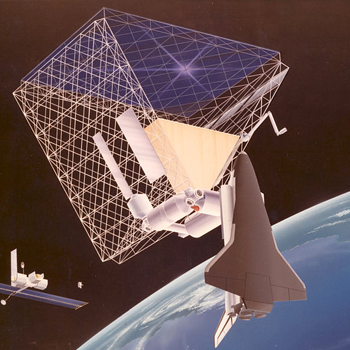An object with volume 6.0*10^1 m^3 and mass of 2.600*10^4 kg will have bouyancy force,in ethyl alcohol?
2 Answers
the force of buoyancy = mass of the bodyx g=2.6 x 10^4 kg-wt
Explanation:
the ethyl alcohol has density =
the volume of the body is
the volume of the displaced liquid say V1
will provide the necessary buoyant force to support the wt. of the body
therefore #V1. density . g = mass . g
where g is acceleration due to gravity.
therefore the force upward =
here
if one estimates volume of the liquid displaced it will come to about
it means almost half of the body will be above ethanol.
The buoyancy force is
Explanation:
The density of the object is
From a table of densities, the density of ethyl alcohol is
Therefore the object will float. The object still has weight, a downward force, given by
Since it is in equilibrium at the top of the ethyl alcohol, the buoyancy force must be an equal and opposite force. Therefore, the buoyancy force is
I hope this helps,
Steve


